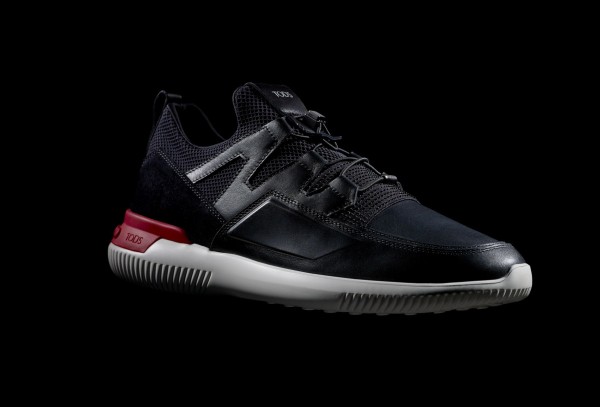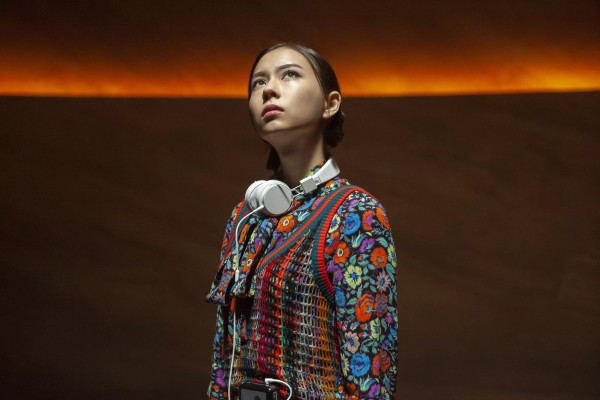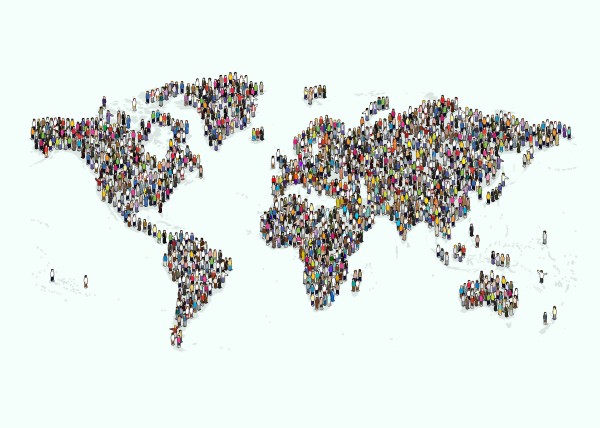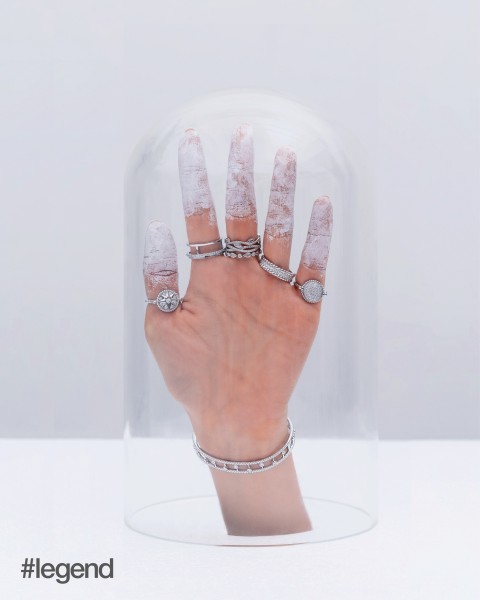"Do Clothes Maketh the (Wo) Man?"
Jul 18, 2019
From the boardroom to the campaign trail, women use power dressing to cement their identities as leaders. Zeerak Khurram explores how the practise is evolving around the world through prominent women in politics.
As humans, by nature, we’re obsessed with labels. We love to categorise and compartmentalise when we isolate certain characteristics or stereotypes about a person – especially when it comes to stereotypes associated with gender.
Fashion plays a very big role here, as one of the few ways we can vocally (or voicelessly) sound out our thoughts, opinions and, most importantly, our identity. It’s a cultural staple in letting other people know what identity group we belong to. That’s why so many cultures have their own versions of traditional hairstyles, clothes and accessories.
With fashion and style becoming very gender-fluid for a lot of designers and labels today – see Vivienne Westwood’s and Thom Browne’s spring/summer 2018 menswear collections, and Alessandro Michele’s autumn/winter 2015 collection for Gucci, for example – the same can’t really be said for the rest of society. Ordinary people are still expected to follow traditional gender norms, especially in the workplace, with its very strict gendered dress codes. Billy Porter may have worn a gown to the 2019 Oscars, but men won’t swap out their suits for dresses anytime soon.
While an influx of women in the workforce over the past half-century or so has increased diversity in historically male-dominated places such as the corporate world and the political arena, toxic gender stereotypes still exist. There’s also a double-standard. If a male boss is very involved in what his employees are doing, he may be seen as more “hands-on”. But if a female boss does the same thing, she might be labelled a “micro-manager”.
When it comes to political and corporate dress codes, women are between a rock and a hard place. According to Tommy Tse, an assistant professor of sociology at the University of Hong Kong (HKU), if women don’t dress “professionally” with make-up and heels, they may be seen as not serious enough about their job. But if they do dress “professionally”, they can also be linked to the negative feminine stereotypes that exist.
“That’s why [women] tend to, in specific professional realms for which male workers are seen to be more suitable – such as higher education, disciplinary forces, public administration, banking and finance, the legal sector, government and politics – ‘masculinise’ or at least ‘de-feminise’ themselves in their fashion styles and the way they present themselves,” explains Tse. “Make-up, clothes and accessories, as the tools or means for one to manifest a sense of fashionability and construct an appropriate identity, also become increasingly significant for one to fashion a public self or persona.”
When this trend towards “masculinisation” first began, it seemed to work. A 1985 study conducted in the United States found a “positive relationship” between women dressing in a more masculine way and their ability to be hired by potential employers. The women back then were able to successfully distance themselves from negative gender stereotypes attributed to femininity.
One of the ways women “de-feminise” is to engage in what’s called “power-dressing”. According to Raees Baig, co-director of the Gender Research Institute at CUHK, “Power-dressing not only exists [in the corporate] world, but also in politics and other professional sectors. Power-dressing was initiated as a movement for women to regain gender power and equality in a work setting since the 1970s, where dressing is used as a symbol – especially by dressing in pantsuits to show equality in power between men and women.”
Numerous examples of this exist in politics. With studies that show that voters prefer traditionally masculine qualities, like a deep voice, it’s no wonder that many female politicians choose to power dress. As Baig mentions, power-dressing usually involves some sort of a pantsuit, darker colours, stiffer collars and heels.
But it seems to have turned into a lose-lose situation.
“if women don’t dress “professionally” with make-up and heels, they may be seen as not being serious enough about their job. But, if they do dress “professionally”, they can also be linked to the negative feminine stereotypes that exist.”
Women are still judged on the types of clothes they wear and how they present themselves. They can now be labelled as “too” masculine or feminine. In the 2016 US election cycle, Donald Trump’s descriptions of Hillary Clinton’s attire and voice on the campaign trail can be seen as examples of just that – too “de-feminised” to be likeable. Tse believes that this may be, in part, due to Clinton not ascribing to traditional gender roles that are expected of women, being more assertive in her behaviour and clothes.
Even if a politician dresses in a more feminine way, she can still be criticised. During her political rise to become the chancellor of Germany, Angela Merkel, had her wardrobe called the “milkmaid look”. She adopted a power-dressing style, but was again criticised whenever she chose to wear something more feminine.
Interestingly, some women in more conservative societies may have found a way around this. When we analyse the attire of female politicians from countries such as Ethiopia, South Africa and India, we see a trend of them turning to traditional dress in order to portray a certain image.
Take South Africa’s Winnie Mandela or India’s Indira Gandhi as examples. Both women were prominent figures in the politics of their respective countries and hailed from political families, and both were pictured more often than not in traditional garb. This created a public persona of them as almost motherly figures – without appearing matronly. The public associated them with those ideals. The clothes that they wore could very well be worn by any woman in society who embodied those (albeit gendered) characteristics. Whether or not they were able to deliver on those perceptions was beside the point. As Tse points out, when it comes to fashion and the clothes that we wear, “What one appears to be becomes more important than who s/he is and what s/he is capable of doing.”
Sheikh Hasina, the prime minister of Bangladesh, and Aung San Suu Kyi, the state counsellor of Myanmar – each controversial figures in their own right – have both maintained a wardrobe that relies heavily on the cultural expectations of dress in their respective societies. In the Sudanese protests, one of the more famous icons, Alaa Salah, became the face of the movement after she was pictured in the traditional white thoub wearing a pair of fedaya – Sudanese gold earrings passed down through the generations. She and other female protestors were dubbed the Kandakas – after the ancient queens from the Kingdom of Kush in Nubia because, through their clothes, they portrayed an image of being in touch with their culture and cultural values.
Many countries, however, do not have a separate set of traditional clothes – and perhaps it’s for the better. As useful as they may be, they still tend to follow gendered, sexist guidelines about how men and women should dress. When speaking to The New Zealand Herald, Hala al-Karib, a Sudanese women’s rights activist, mentioned that the choice for female protestors to dress in such a way was made necessary after women have had to endure restrictive laws about where they can go and what they can wear – even experiencing criticism for wearing trousers.
The same criticism can also be applied to power-dressing. As Baig mentions, “On the positive side, it’s a movement showing that females are capable of taking hold on male-dominated work, just like the Facebook group Pantsuit Nation is using this concept that both men and women should have the same power, even in the choice of dressing – that women can dress in a masculine way. On the other hand, it may further stereotype the use of appearance in judging a person’s capacity in taking up male/female-dominated work and duties.”
“On the other hand, it may further stereotype the use of appearance in judging a person’s capacity in taking up male/female-dominated work and duties”
DR RAEES BAIG, CO-DIRECTOR OF THE GENDER RESEARCH INSTITUTE AT CUHK
Tse follows a similar line of thought: “Women are expected to masculinise oneself and forgo her ‘feminine’ traits in the workplace, to convince people that they are ‘good’ enough for such ‘masculine’ jobs. This is problematic, of course, because seeing these gendered traits as dichotomous and biologically given is unrealistic, and there are countless counterexamples we can see in our everyday lives.”
With this particular style of dress now being almost expected of women, it has become formalised as part of many corporate dress codes – and it appears women are now beginning to push back. With the rise of global movements such as #MeToo and Time’s Up, women are speaking out against toxic workplace traditions. The recent Japanese campaign #KuToo has women ditching their heels, which are frequently worn in power-dressing, in favour of more comfortable footwear.
“The key message of both movements is not to judge a woman from her appearance, no matter if she’s dressed fashionably or modestly,” says Baig. “The ability of the person counts more significantly than the appearance. If these movements sustain, dressing practices will hopefully be less stereotyped.” When exactly this will happen is still up for debate as, according to Tse, changes in the socialisation process are going to take time. But for many women, the change will be a welcome one. #
Story by Zeerak Khurram
































